新潟島とその周辺のギャラリー&ミュージアムマップ
Gallery & Museum Schedule 2026.1-2
2026年1月20日(火)- 2月25日(水)
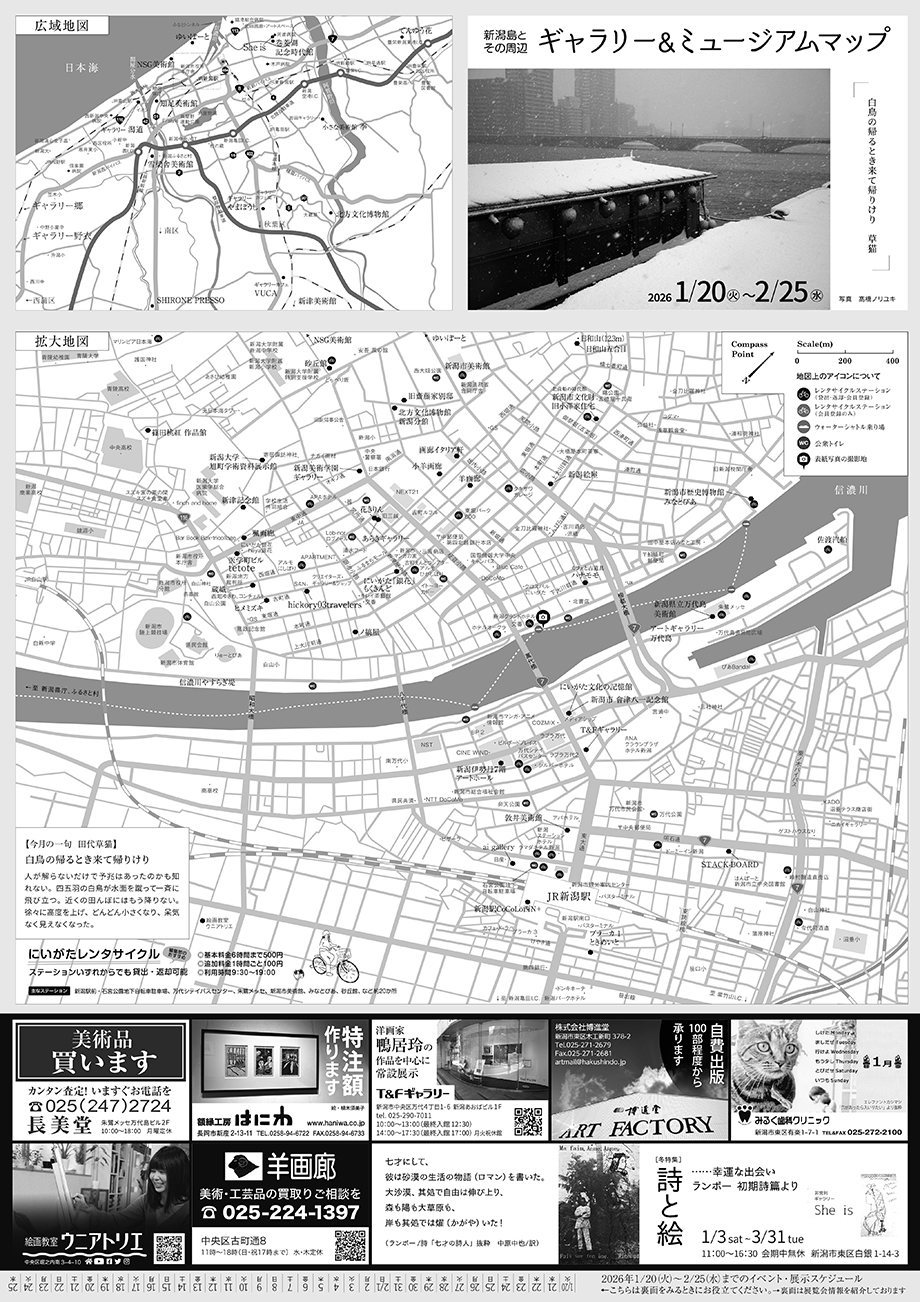
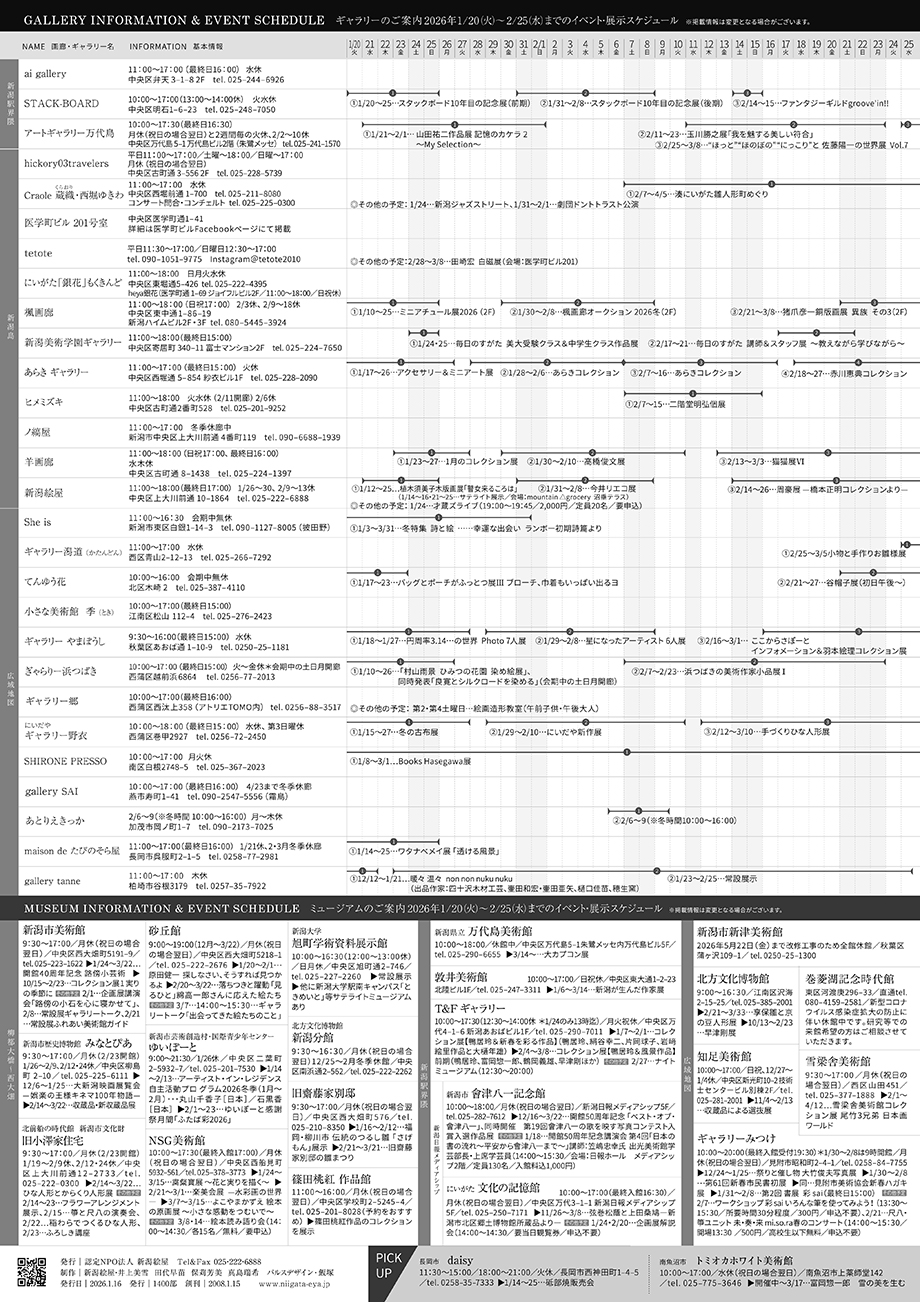
新潟島とその周辺のギャラリー&ミュージアムマップ
Gallery & Museum Schedule 2026.1-2
2026年1月20日(火)- 2月25日(水)


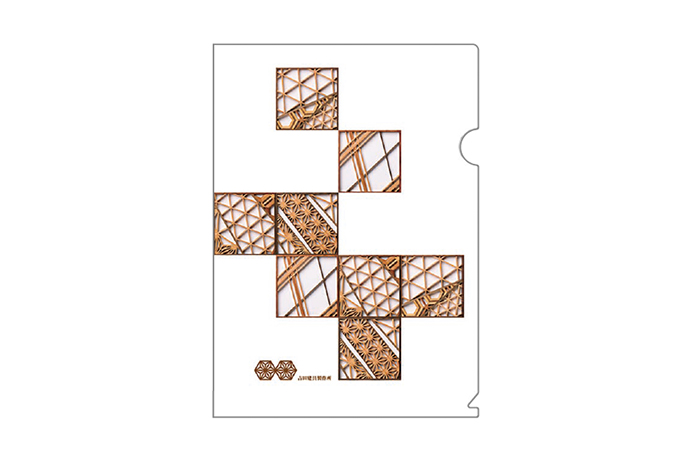
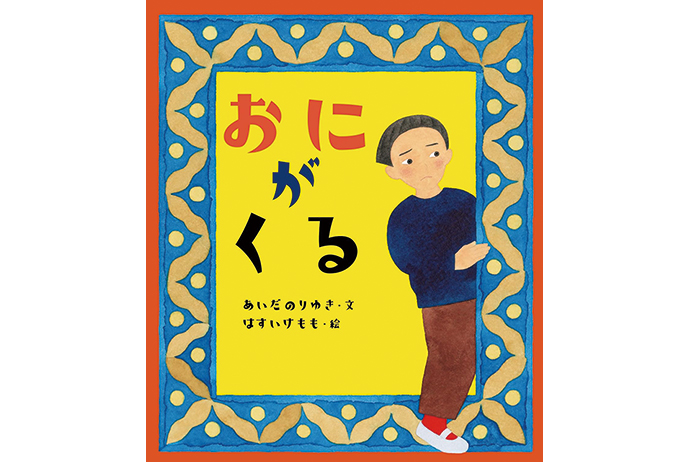
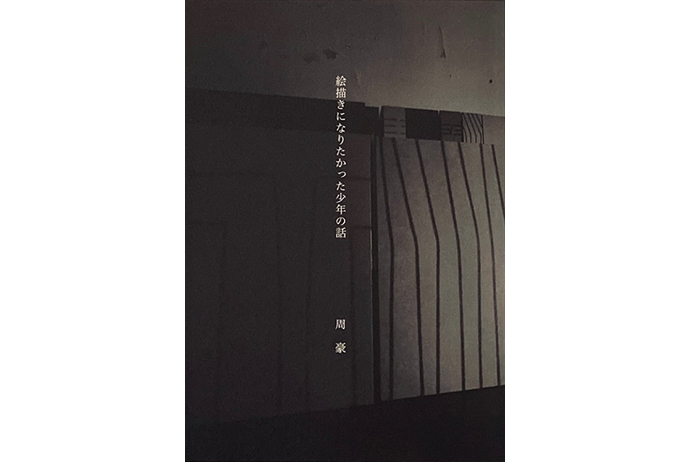
A5版/モノクロ/106頁
発行:株式会社WATERMARK
協力:清水良匡・清水典子
デザイン:WATERMARK arts & crafts
2023年2月7日初版/2026年1月9日第二版
1,500円(税込)
周豪(Zhou Hao/しゅう ごう)
1960年中国上海市生まれ。6歳から高校までの10年間を文化大革命のなかで過ごす。83年来日。90年武蔵野美術大学大学院造形研究科美術専攻版画コース修了、その後版画工房MMGに入社(~2003年)。93年以降横浜と上海を拠点に制作活動を重ね、多くのアートフェアに参加しつつ、国内外各地で個展を中心に発表。2008・10年Atelier Remy Bucciali(フランス)にて銅版画制作。町田市立国際版画美術館、武蔵野美術大学美術資料図書館、神州版画美術館(中国)、多摩美術大学美術館、フランスポスター美術館、アメリカボストン美術館、アメリカスミス大学美術館、ポーランド国立美術館などに作品収蔵。エッセイ集『絵描きになりたかった少年の話』(23年WATERMARK発行)。23年9月没。
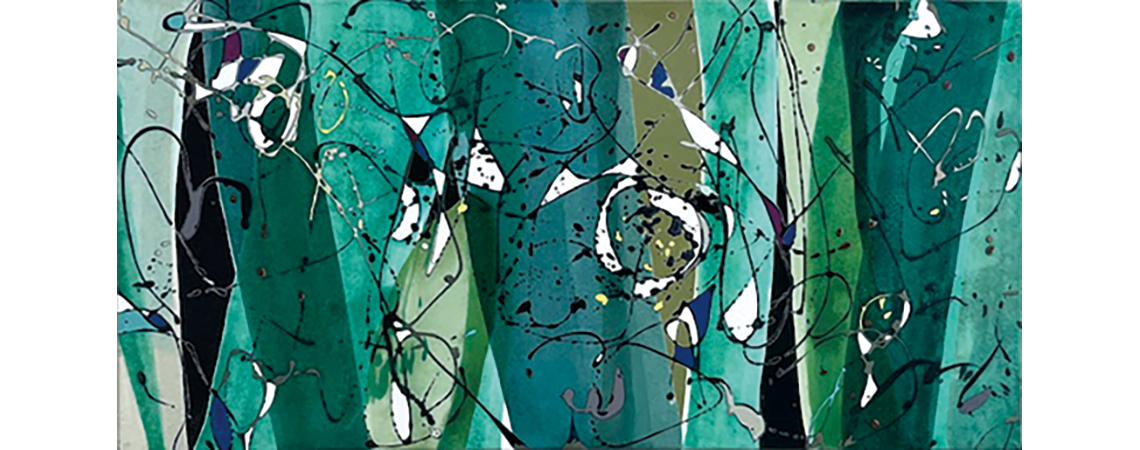
3/18[水]― 30[月]
niigata eya exhibition 709
前回絵屋での個展時に往復した浜道やアトリエ周辺の弥彦界隈の自然。そんな日々自然に触れる中で心に残った体験や印象を今回の個展では表現し展示します。(企画者:伊藤純一)
PHOTO(上):「風ガキメルコトダカラ」2025年 44×89cm
PHOTO:「佐渡島<水族館の帰り道> 」2022年 53×100cm
PHOTO:「ちいさな命が泳ぎ始めた/水の記憶」2023年 44×89cm
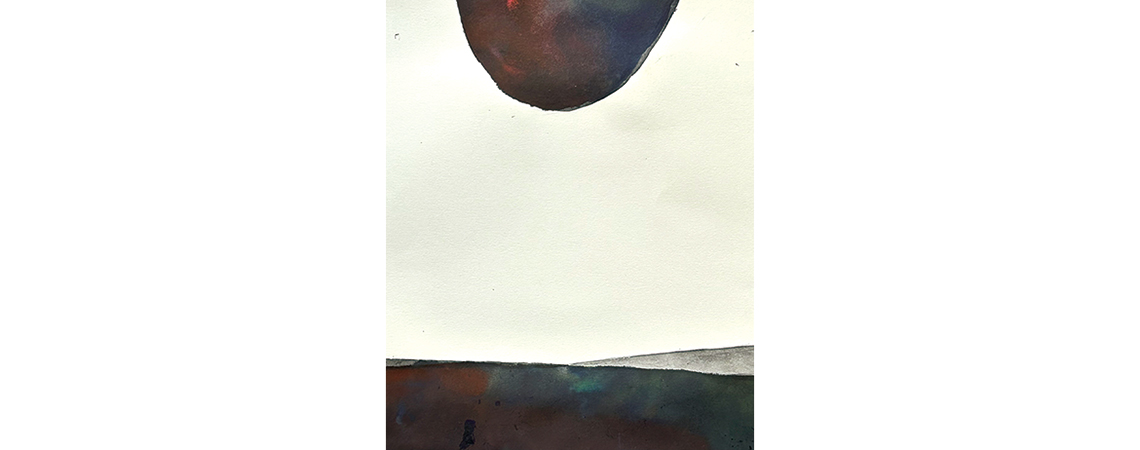
3/3[火]― 15[日]
niigata eya exhibition 708
にじむ絵の具の不定形と、シンプルな形の対比が奏でるユーモラスなドラマ。2013年のドローイング展から13年ぶりになる個展。(企画者:大倉 宏)